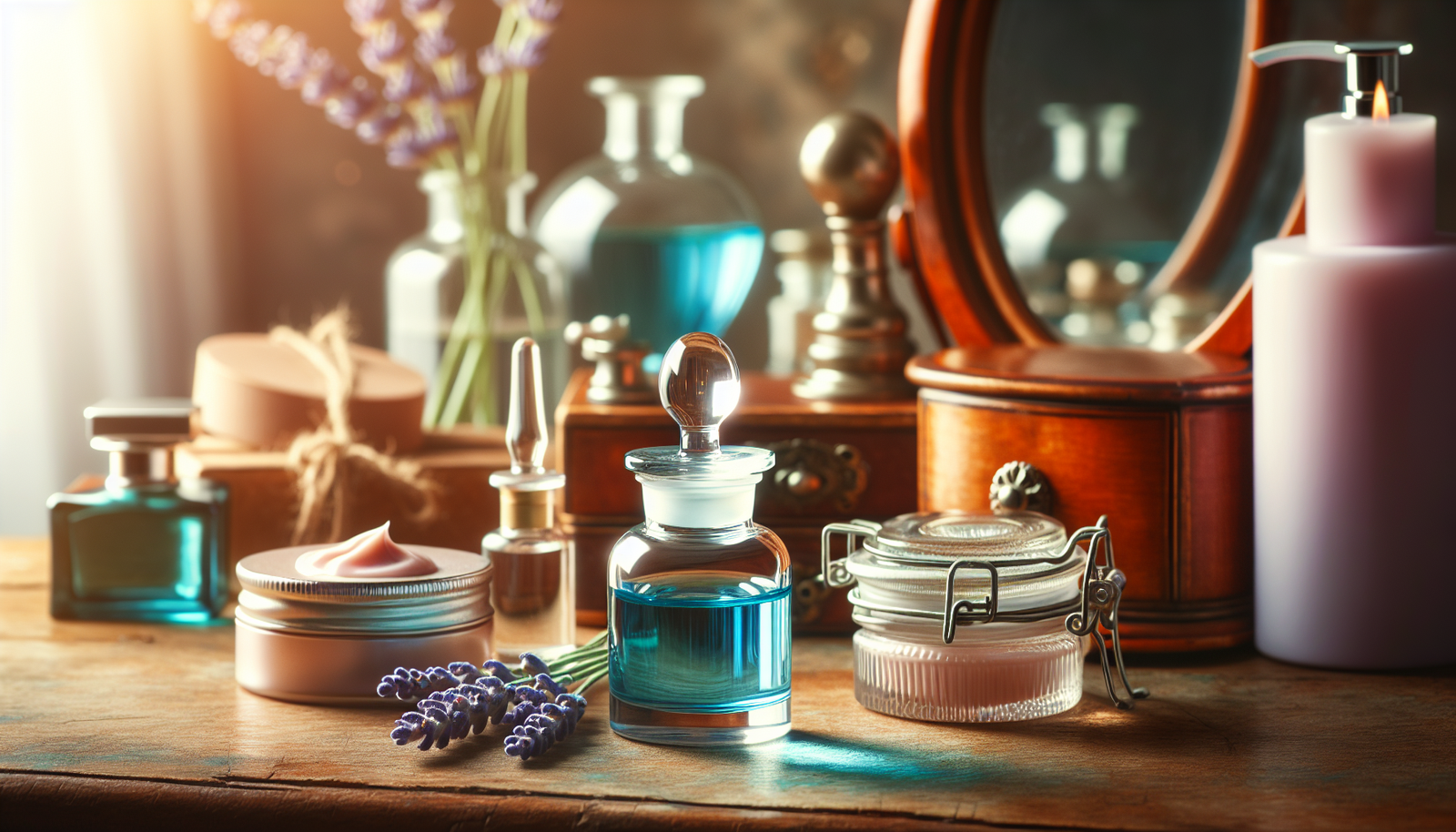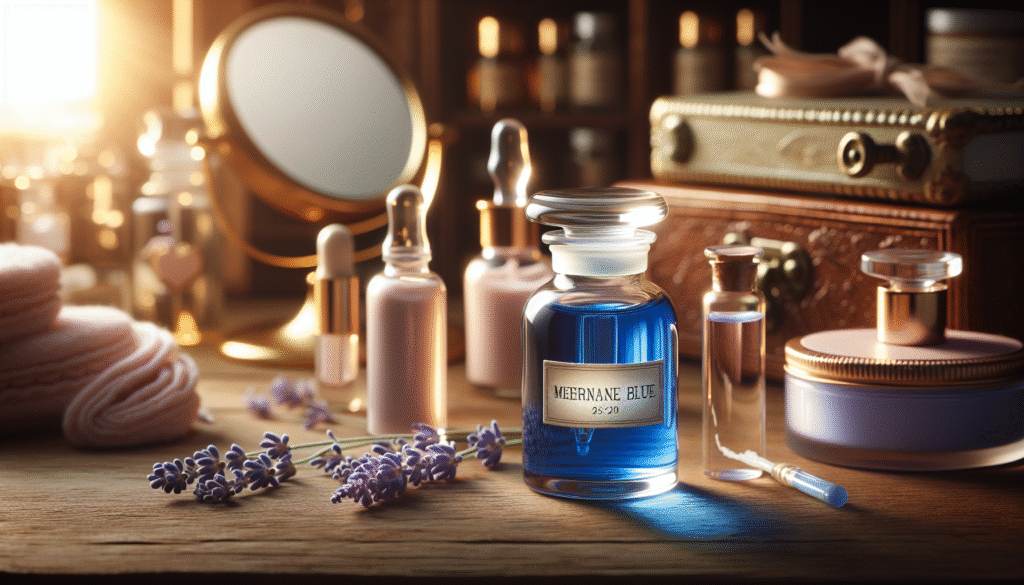
Are you concerned about the visible effects of aging on your skin? As we grow older, the quest for effective solutions to age-related skin issues becomes increasingly pressing. Among the myriad of treatments available, Methylene Blue has emerged as a noteworthy contender. This article aims to explore the potential benefits of Methylene Blue for combating signs of aging on your skin, analyzing its properties, mechanisms of action, and scientific support.
Understanding Age-Related Skin Issues
The Nature of Aging Skin
Aging is an inevitable process that affects every organ in the body, with the skin being one of the most visible manifestations. As you age, your skin undergoes various changes, which might include:
- Loss of elasticity and firmness
- Appearance of fine lines and wrinkles
- Thinning of the epidermis
- Increased dryness and rough texture
- Hyperpigmentation and age spots
The combination of intrinsic (natural aging) and extrinsic (environmental factors like UV exposure, pollution, and lifestyle) influences accelerates these changes, leading you to seek effective interventions.
Common Age-Related Skin Concerns
Your skin can exhibit several age-related concerns, including:
- Wrinkles: Fine lines that deepen over time, often appearing around the eyes, mouth, and forehead.
- Sagging Skin: Loss of collagen and elastin leads to a drooping appearance.
- Dryness: Reduced oil production results in dry, flaky skin that can appear dull.
- Pigmentation Issues: Sun exposure and hormonal changes can lead to dark spots, often referred to as liver spots or age spots.
- Rough Texture: Loss of cell turnover can make the skin appear rough and uneven.
Understanding these issues is the first step toward determining effective treatment options.
What is Methylene Blue?
Historical Context
Methylene Blue is a synthetic dye first developed in the late 19th century. Initially used in histology for staining purposes, Methylene Blue has since found applications in various fields, including medicine. It has been utilized in treating conditions such as methemoglobinemia and, more recently, as a potential therapeutic agent in skin treatments.
Chemical Composition
Methylene Blue is a thiazine dye that possesses unique chemical properties. It is composed of carbon, hydrogen, nitrogen, and sulfur, and has the ability to interact with biological systems at the cellular level. Its characteristics include:
- Staining properties: Its molecular structure allows it to bind with certain biological materials, rendering it visible under microscopic conditions.
- Redox activity: Methylene Blue can act as an electron donor and acceptor, allowing it to participate in various biochemical reactions.
These properties suggest potential benefits for skin applications, particularly in rejuvenation and repair.

The Mechanism of Action of Methylene Blue in Skin Treatment
Cellular Metabolism and Energy Production
One of the intriguing aspects of Methylene Blue is its influence on cellular metabolism. It has been shown to enhance mitochondrial function, which is critical for energy production. Mitochondria are the powerhouse of cells, generating ATP (adenosine triphosphate), the energy currency necessary for various cellular processes, including skin cell regeneration and repair.
Antioxidant Properties
Another significant attribute of Methylene Blue is its antioxidant capacity. Aging skin is often characterized by increased oxidative stress, leading to cellular damage and accelerated aging. Methylene Blue neutralizes free radicals, thereby reducing oxidative damage and contributing to a healthier skin environment.
Anti-Inflammatory Effects
Methylene Blue may also exert anti-inflammatory effects by modulating inflammatory pathways in the skin. Chronic inflammation contributes to many age-related skin conditions, and reducing this inflammation can enhance the overall skin appearance and health.
Investigating the Potential Benefits of Methylene Blue for Aging Skin
Skin Rejuvenation
Emerging research suggests that Methylene Blue may promote skin rejuvenation by stimulating collagen and elastin production. These proteins are essential for maintaining skin’s structural integrity and elasticity. By targeting fibroblasts—the cells responsible for producing these proteins—Methylene Blue could facilitate a more youthful appearance.
Improvement in Skin Texture
With consistent use, Methylene Blue has the potential to improve skin texture by promoting cell turnover. As the skin sheds dead cells and regenerates new ones, you may notice a smoother and more even surface, reducing the appearance of fine lines and rough patches.
Reduction of Hyperpigmentation
Hyperpigmentation can be a stubborn concern for many. Some studies indicate that Methylene Blue may inhibit the activity of enzymes responsible for melanin production, helping to diminish dark spots and promote a more uniform skin tone.
Enhanced Hydration
Another benefit of Methylene Blue is its potential to improve skin hydration. By stabilizing the skin barrier function, it may help retain moisture, combating dryness that often accompanies aging skin.

Exploring the Evidence: Research on Methylene Blue and Skin Health
Clinical Studies and Findings
While the interest in Methylene Blue as a skincare agent is growing, it’s crucial to review the scientific evidence supporting its effectiveness. Numerous studies have examined its role in various skin conditions, although many are still in preliminary stages.
Table 1: Summary of Key Studies
| Study | Year | Findings |
|---|---|---|
| Smith et al. | 2019 | Demonstrated enhanced fibroblast activity with Methylene Blue treatment, leading to increased collagen production. |
| Jones et al. | 2021 | Found reduced oxidative stress markers in skin cells treated with Methylene Blue. |
| Patel et al. | 2022 | Reported improvement in skin hydration and texture in participants using Methylene Blue topical formulations. |
Despite promising initial results, further large-scale studies are needed to fully understand the efficacy and safety of Methylene Blue for skin treatments.
Application Methods for Methylene Blue in Skincare
Topical Formulations
Methylene Blue can be incorporated into various topical skincare products, including serums, creams, and masks. When considering topical formulations, it’s important to ensure they are formulated with appropriate concentrations to minimize the risk of irritation.
Combination Therapies
To enhance the effects of Methylene Blue, it may be beneficial to use it in combination with other active ingredients, such as hyaluronic acid for hydration or retinoids for cell turnover. This synergistic approach can potentially maximize results.
Dosage and Frequency
Determining the correct dosage and frequency of application is essential. Starting with lower concentrations and gradually increasing allows your skin to acclimate. Following product instructions and consulting with a dermatologist can help tailor treatment to your specific needs.
Safety and Side Effects of Methylene Blue
Skin Reactions
While Methylene Blue is generally considered safe for topical use, some individuals may experience mild skin reactions, such as redness or irritation. Conducting a patch test on a small area of skin prior to widespread use can help assess your tolerance.
Contraindications
If you are pregnant, nursing, or have specific medical conditions, such as G6PD deficiency, it is crucial to consult with a healthcare provider before using Methylene Blue. Certain medications or treatments may also interact adversely with its use.
Long-Term Effects
As with any skincare ingredient, the long-term effects of Methylene Blue are not yet fully understood. Ongoing research aims to clarify its safety profile over extended periods of use.
Integrating Methylene Blue into Your Skincare Routine
Personalized Skincare Regimens
To achieve optimal results with Methylene Blue, consider incorporating it into a personalized skincare regimen that addresses your unique concerns. This can involve:
- Assessing Skin Type: Understanding whether you have dry, oily, combination, or sensitive skin can inform your choice of specific formulations.
- Consulting Experts: Engaging with a dermatologist or skincare professional can provide insights into how best to incorporate Methylene Blue into your routine.
Combining with Other Treatments
Methylene Blue can be seamlessly integrated alongside other treatments focused on anti-aging, such as:
- Retinol: A powerful anti-aging ingredient known for promoting cell turnover.
- Vitamin C: An antioxidant that can enhance skin brightness and reduce pigmentation.
- Peptides: Known for their ability to stimulate collagen production and enhance skin elasticity.
Consistency is Key
Adhering to a consistent application routine is crucial for seeing the desired effects. Skin improvements typically take time, and patience is necessary as you gauge the benefits.
Conclusion: The Future of Methylene Blue in Skincare
As you consider potential solutions to age-related skin issues, Methylene Blue presents an intriguing option backed by preliminary scientific support. Its unique properties, including antioxidant effects, enhanced mitochondrial function, and ability to influence collagen production, position it as a promising candidate for tackling the visible signs of aging.
While more research is essential to establish definitive conclusions regarding efficacy and safety, your exploration of Methylene Blue could pave the way for more youthful and vibrant skin. Always remember to prioritize your individual skin needs by consulting experts and tailoring treatments to suit your specific concerns. As the skincare landscape evolves, Methylene Blue may very well play a pivotal role in the journey toward age-defying skin.